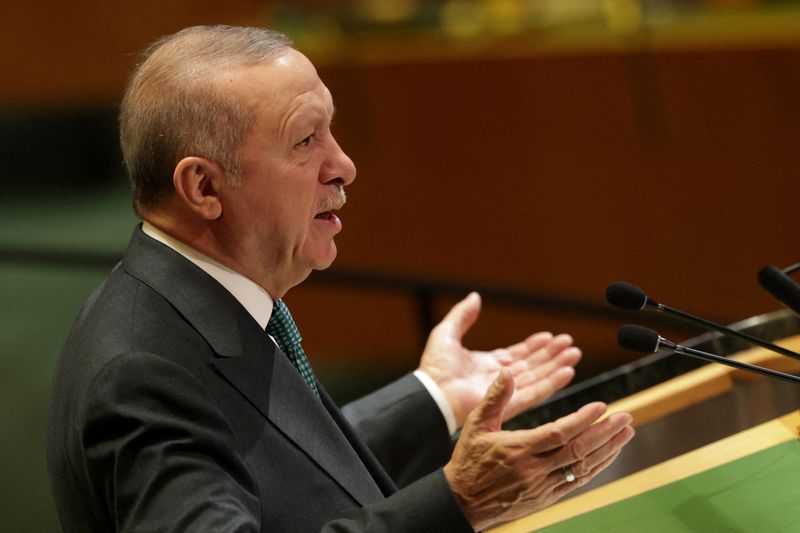(Sipa via AP Images)
The Trump administration’s deployment of federal agents to cities like Portland and Chicago is officially about restoring order and protecting ICE agents. The optics, however, tell a more unsettling story: this isn’t merely law enforcement—it is a calculated exercise in governing through perception.
President Donald Trump and his chief deputy, Stephen Miller, each insist chaos reigns, yet on the ground, reporters consistently find largely peaceful protests, interrupted by isolated skirmishes. The contradiction isn’t a bug—it’s the point.
Armored vans roll through city streets nightly. Agents in tactical gear confront demonstrators. DHS releases cinematic footage worthy of a streaming-action trailer. Every clip is carefully framed for maximum drama: slow pans, smoke, flares, even the choreography of officers moving in formation.
These aren’t raw dispatches; they are productions meant to shape what citizens—and journalists—believe to be true. The messaging is slick, rehearsed, and deliberate. Every moment captured is designed to tell a story in which federal power is heroic, protests are menacing, and local officials appear ineffectual.
For journalists, this is more than a reporting challenge; it’s an epistemological trap. When federal videos circulate faster than verification, when social media amplifies curated fear, the very act of observing becomes fraught.
Eyewitness accounts can be disbelieved; on-the-ground reporting can feel irrelevant next to viral clips engineered to provoke panic. Local leaders are forced into a cruel optics calculus: reject federal help and risk appearing weak on crime; accept it and become complicit in militarization. The public is caught in the middle, unsure whom to trust—or even what to trust.
This is governance by spectacle. The administration isn’t merely responding to unrest; it is turning perception into policy. Peaceful protests can look violent. Routine federal interventions can look like decisive heroism. And journalists who attempt to correct the record are caught between skepticism and credibility. The real power is not in the presence of armored vans or federal agents; it is in the public’s perception of them. By shaping what citizens believe they see, the state bends reality to political ends.
The structural danger is profound. This is not simply about federal agents in the streets; it is about normalizing a world where what is real is what the state says is real. When perception can be engineered and spectacle substituted for substance, democracy erodes quietly, invisibly, before anyone marches in the streets. Trust in institutions, in the press, and even in one’s own eyes becomes a casualty.
The lesson is bleak in its melancholy: in the age of cinematic federal power, the unrest is not only on the pavement—it is in our confidence in truth itself.
When reality becomes malleable, governance and narrative fuse, and citizens must learn to navigate a world where every image is curated, every story packaged, and every fact subject to performance. In that environment, perception is not just politics—it is the law that is imperceptibly hollowed out. In this age of cinematic federal power, the unrest is not only on the pavement—it is in our confidence in truth itself.
This is an opinion piece. The views expressed in this article are those of just the author.


